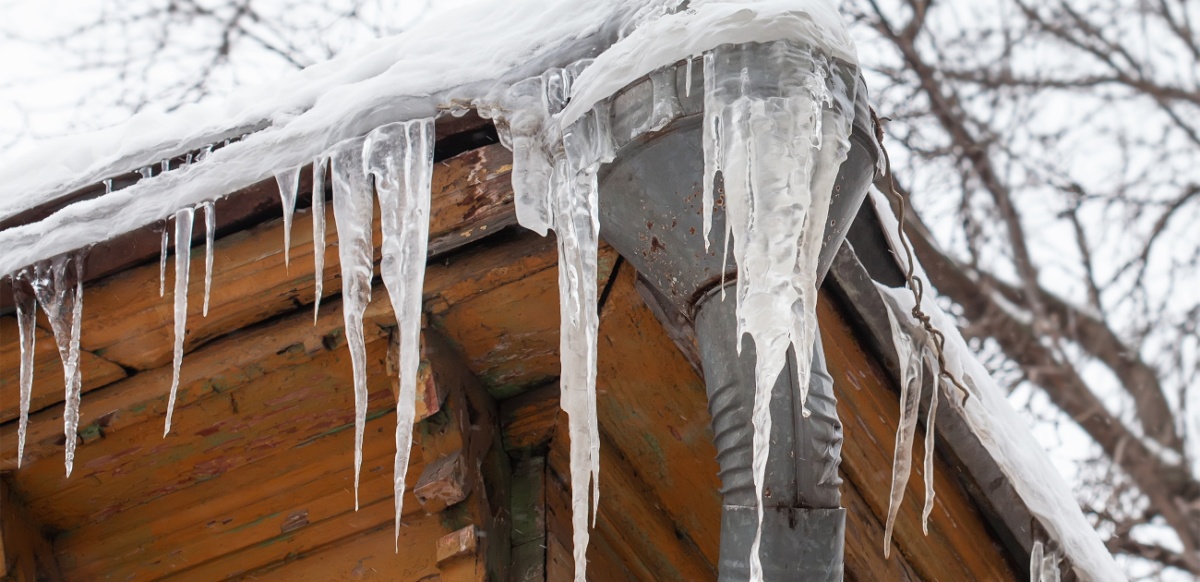Protecting Against Frozen Plumbing in Winter: Pro Tips
Protecting Against Frozen Plumbing in Winter: Pro Tips
Blog Article
Do you find yourself searching for information and facts concerning How To Avoid Freezing Pipes?

Winter can ruin your plumbing, particularly by freezing pipelines. Here's just how to stop it from taking place and what to do if it does.
Introduction
As temperature levels drop, the risk of frozen pipes increases, potentially resulting in expensive fixings and water damages. Comprehending how to stop frozen pipes is crucial for house owners in cold climates.
Recognizing Frozen Pipelines
What causes pipelines to freeze?
Pipes ice up when subjected to temperature levels below 32 ° F (0 ° C) for expanded periods. As water inside the pipes ices up, it expands, taxing the pipeline walls and potentially causing them to rupture.
Threats and problems
Frozen pipelines can cause supply of water disruptions, residential or commercial property damage, and pricey repair services. Ruptured pipes can flood homes and create comprehensive architectural damage.
Indications of Frozen Pipeline
Identifying icy pipes early can stop them from bursting.
Just how to identify icy pipelines
Look for decreased water flow from taps, unusual smells or sounds from pipes, and visible frost on revealed pipelines.
Prevention Tips
Shielding prone pipes
Wrap pipelines in insulation sleeves or make use of heat tape to safeguard them from freezing temperature levels. Concentrate on pipelines in unheated or external locations of the home.
Home heating strategies
Maintain interior rooms properly heated, especially locations with plumbing. Open cupboard doors to allow cozy air to circulate around pipes under sinks.
Protecting Outside Plumbing
Garden tubes and exterior taps
Separate and drain pipes yard hose pipes before winter season. Install frost-proof spigots or cover exterior taps with protected caps.
What to Do If Your Pipelines Freeze
Immediate activities to take
If you presume frozen pipelines, keep faucets available to relieve pressure as the ice thaws. Utilize a hairdryer or towels soaked in hot water to thaw pipes slowly.
Long-Term Solutions
Architectural modifications
Think about rerouting pipes far from outside walls or unheated areas. Include added insulation to attic rooms, basements, and crawl spaces.
Updating insulation
Purchase high-grade insulation for pipes, attics, and walls. Correct insulation helps preserve consistent temperature levels and reduces the danger of icy pipelines.
Conclusion
Avoiding icy pipelines calls for proactive steps and quick actions. By recognizing the reasons, signs, and preventive measures, property owners can safeguard their plumbing during cold weather.
6 Proven Ways to Prevent Frozen Pipes and Protect Your Home
Disconnect and Drain Garden Hoses
Before winter arrives, start by disconnecting your garden hoses and draining any remaining water. Close the shut-off valves that supply outdoor hose bibs and leave the outdoor faucet open to allow any residual water to drain. For extra protection, consider using faucet covers throughout the colder months. It’s also important to drain water from any sprinkler supply lines following the manufacturer’s directions.
Insulate Exposed Pipes
Insulating your pipes is an effective way to prevent freezing. Pipe insulation is readily available at home improvement stores and is relatively inexpensive. Pay close attention to pipes in unheated areas such as the attic, basement, crawl spaces, or garage. Apply foam insulation generously to create a buffer against the cold. You can also wrap your pipes in heat tape or thermostat-controlled heat cables for added warmth.
Seal Air Leaks
Inspect your home for any cracks or openings that could let in cold air. Seal any holes around the piping in interior or exterior walls, as well as the sill plates where your home rests on its foundation. Additionally, make sure to keep your garage door closed unless you’re entering or exiting. Leaving it open creates a significant air leak that can lead to frozen pipes.
Allow Warm Air Circulation
During cold snaps, it’s essential to allow warm air to circulate evenly throughout your home. Leave interior doors ajar to promote better airflow. Open kitchen and bathroom cabinets to help distribute heat consistently around the rooms. If you have small children or pets, be sure to remove any household chemicals or potentially harmful cleaners from open cabinets for safety.
Let Faucets Drip
A small trickle of water can make a big difference in preventing ice formation inside your pipes. When temperatures drop significantly, start a drip of water from all faucets served by exposed pipes. This continuous flow helps prevent the water from freezing. Additionally, running a few faucets slightly can relieve pressure inside the pipes, reducing the chances of a rupture if the water inside does freeze.
https://choateshvac.com/6-proven-ways-to-prevent-frozen-pipes-and-protect-your-home/

As a serious reader about How to Prevent Your Pipes From Freezing, I assumed sharing that piece of content was sensible. Are you aware of somebody else who is in to the subject? Do not hesitate to share it. I am grateful for your time. Please pay a visit to our site back soon.
Set An Appointment Report this page